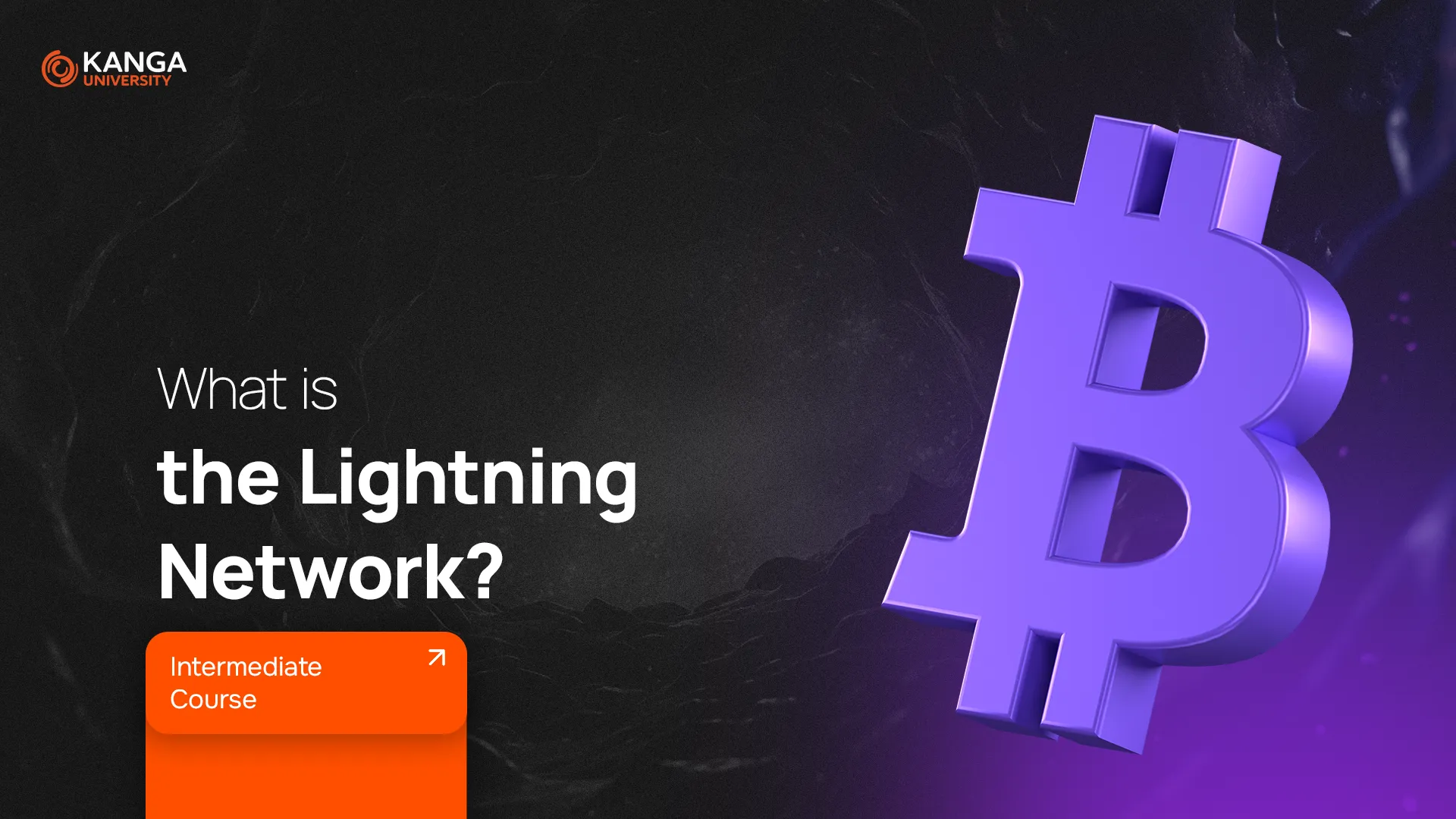
Bitcoin was a revolution in finance. But like all revolutions, it came with problems. As more people started using it, transactions got slower and more expensive. To fix that, developers created something called the Lightning Network (LN).
This second-layer solution helped turn Bitcoin from “digital gold” into something you can actually use—quickly, cheaply, and globally.
What Is Lightning Network?
The Lightning Network is a “Layer 2” solution built on top of the Bitcoin blockchain. Its job? Make transactions faster and cheaper without changing how Bitcoin itself works.
Instead of processing every transaction directly on the Bitcoin blockchain (which takes time and costs money), Lightning lets users create private payment channels. These channels handle transactions off-chain, and only the final balance is recorded on the main blockchain.
The concept was introduced by Joseph Poon and Thaddeus Dryja, and the first Lightning transaction took place on December 6, 2017.
How Does It Work?
Imagine you buy coffee from the same café every day. Instead of making a new blockchain transaction each time, you open a payment channel with the café. Every coffee you buy updates the balance inside that channel—instantly and cheaply.
Here’s how it works:
-
Two users open a channel by depositing Bitcoin into a shared smart contract.
-
They make as many transactions as they want inside the channel.
-
When they’re done, the final balance is recorded as a single transaction on the Bitcoin blockchain.
This means fewer fees, faster payments, and less blockchain congestion.
Why Was Lightning Network Created?
Bitcoin has always struggled with scalability—handling large volumes of transactions efficiently.
Around 2017, a big debate split the Bitcoin community:
-
Some wanted to increase block size to fit more transactions.
-
Others warned that doing so would threaten decentralization and network security.
The compromise? Build a second layer instead. Lightning Network keeps Bitcoin’s core secure, while solving the speed and cost problem from the outside.
What Makes Lightning Network Useful?
-
Fast transactions – payments take seconds, not minutes.
-
Low fees – you only pay when opening or closing a channel.
-
High throughput – can handle up to 10,000 transactions per second (TPS).
-
More privacy – off-chain payments aren’t publicly recorded.
-
Smart contract functionality – expands Bitcoin’s capabilities.
Any Limitations?
Yes, Lightning is still developing:
-
Not all wallets support it—some of the best are Muun, Phoenix, Wallet of Satoshi.
-
There’s a limit on how much BTC you can send in one go (currently about 0.167 BTC).
-
Setting up and managing channels can be tricky for beginners.
How Has Lightning Network Impacted Bitcoin?
LN has made Bitcoin more practical for everyday use. Instead of being slow and expensive, Bitcoin is now being used for:
-
micro-payments,
-
shopping,
-
instant international transfers.
In fact, whole countries are now using LN. El Salvador, the first nation to adopt Bitcoin as legal tender, relies on the Lightning Network for day-to-day payments.
Fun Facts About Lightning Network (2025 Edition)
-
LN now supports millions of users worldwide.
-
The number of active nodes has grown from ~2,000 in 2019 to tens of thousands today.
-
Top LN wallets include: Wallet of Satoshi, Muun, Phoenix, Breez, Electrum, Blue Wallet.
-
Many users don’t even know they’re using Lightning—apps handle it in the background.
-
In 2022, LN had already reached over 80 million users, according to Arcane Research.
Summary
Lightning Network is one of the biggest upgrades to Bitcoin. It turned the original cryptocurrency into something faster, cheaper, and more usable in daily life.
If you’re new to crypto, LN is the perfect example of how tech can solve real problems—and how the future of money may be built in layers.
Discover new projects with Kanga Exchange